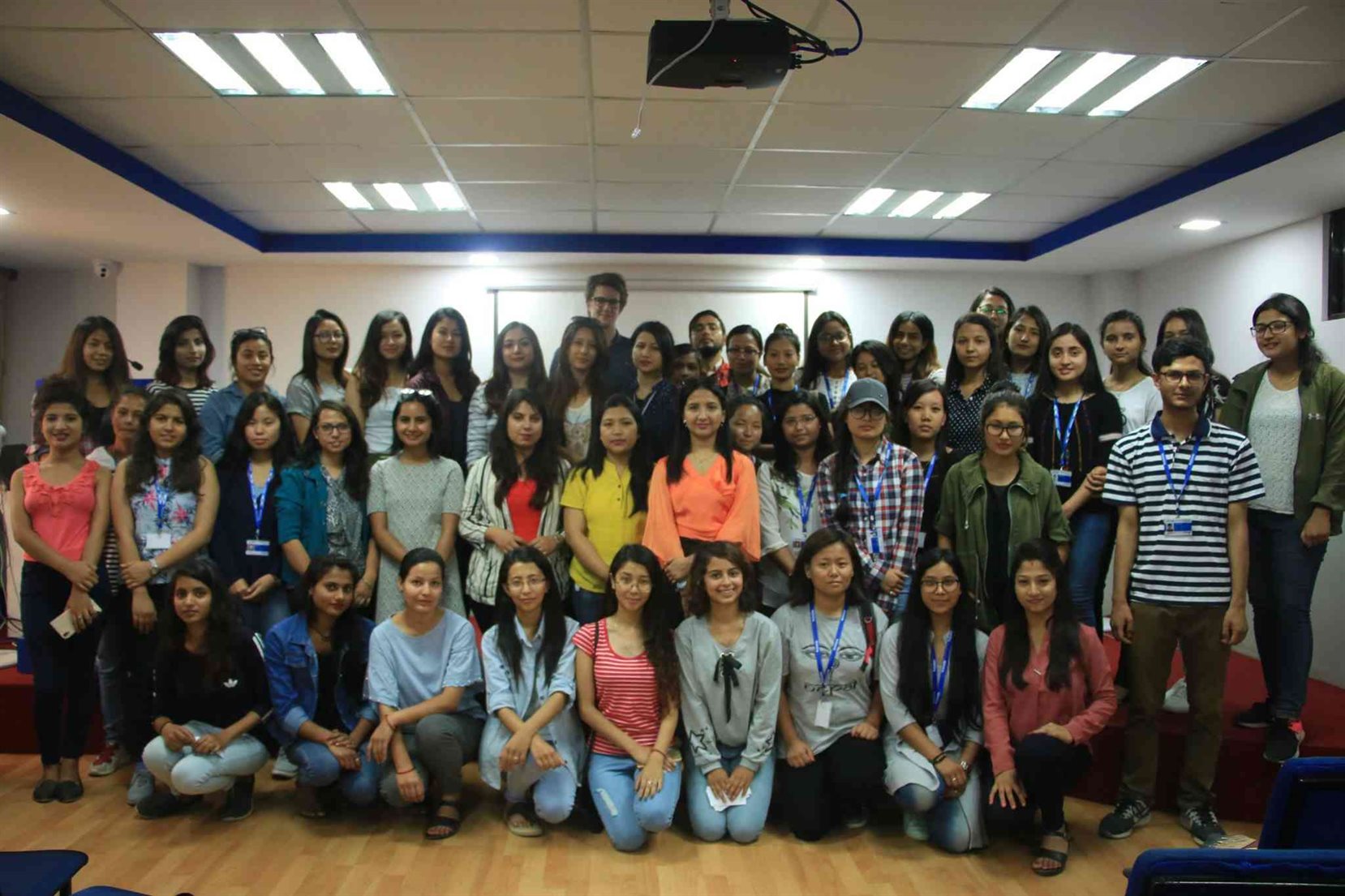Why Aren’t There More Women in Tech Industry Of Nepal?
16th May, Kathmandu
Nepal, although a part of the global trend of technological developments, there is still a massive difference in many women in tech than men.

Nhasala Joshi, one of the students of Advanced College of Engineering and Management at Kupondole, mentioned that she was the only girl in her batch of Electronics Engineering. Next year, they had three women in the class, but still, the gender ratio is highly one-sided.
This is a small example of a vast truth that when it comes to STEM subjects (Science, Technology, Engineering, and Mathematics), the gender ratio is highly uneven. The problem, however, isn’t limited to Nepal; there is an apparent lack of Women in STEM fields along-side IT.
Silicon Valley, the world’s IT hub, has seen many companies started by men and that grew under the leadership of men. But these days many tech companies have taken this problem to be severe and have realized the fact that the IT industry can never grow without women participation. Still, the problem persists, and women in tech are hard to find.
Even though women constitute a majority of the working population in Nepal, they are still undermined in the labor force, mainly in leadership roles. According to the 2017/18 report conducted by the Central Bureau of Statistics, the male to the female working-age ratio in is 100:125, while the proportion of employment is only 100:59. And the thought that leadership roles are reserved for men doesn’t aid the solution to such a devastating problem.
A free report of some of Nepal’s top IT companies shows how disheartening this gender disparity is. For instance, Deerwalk has two women, out of 10 positions, in upper management, whileBraindigit’s leadership and management team is composed entirely of three men. Cloudfactory’s13-person the leadership team also consists only of two female professionals.
For younger women, a smaller number of female colleagues and heads can create cultural issues that can lead to anxiety and difficulty fitting in. Although the uneven STEM gender ratio is a global problem, many companies are attempting to address it adequately. But the scenario is yet to reflect Nepali companies. Nepali tech companies need to take a stand and change what has now become a culture and recognize the gender disparity and hopefully aid in addressing such a significant problem of lack of Girls in IT.






